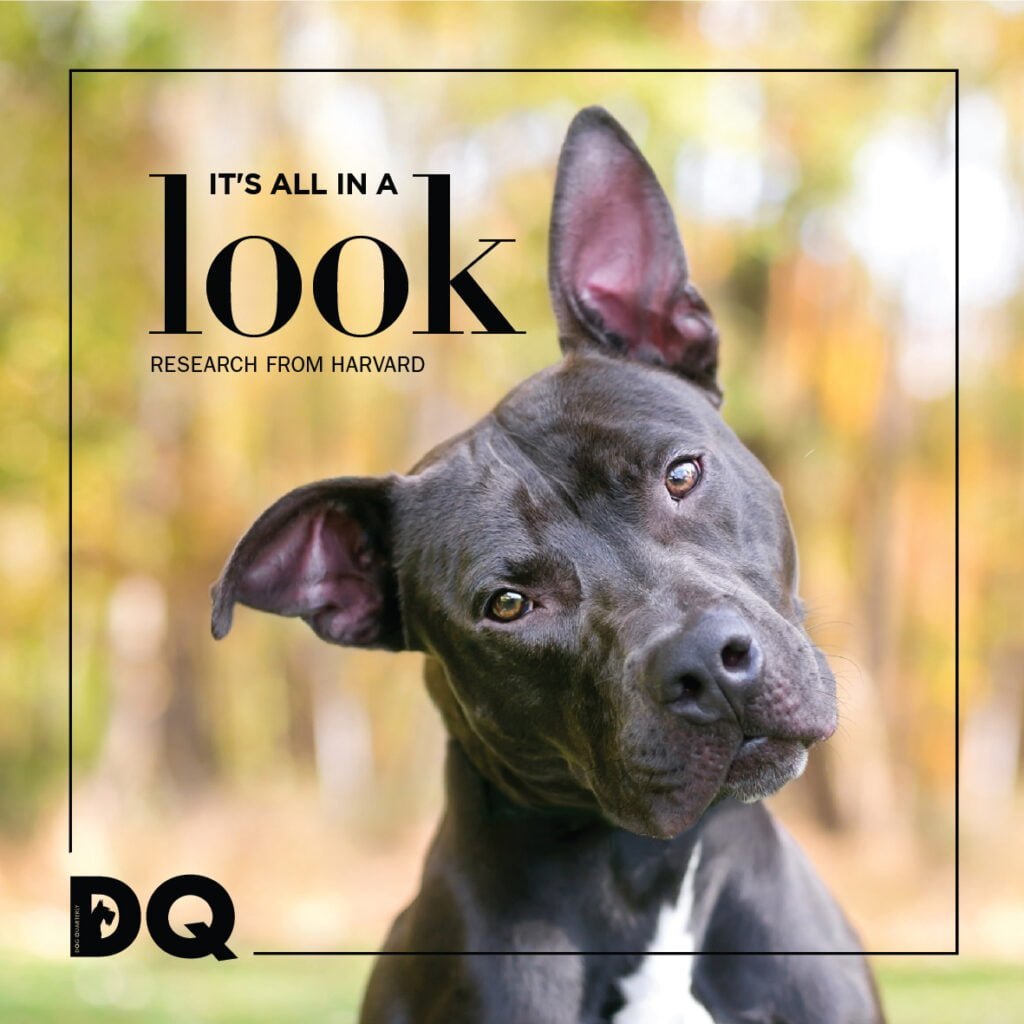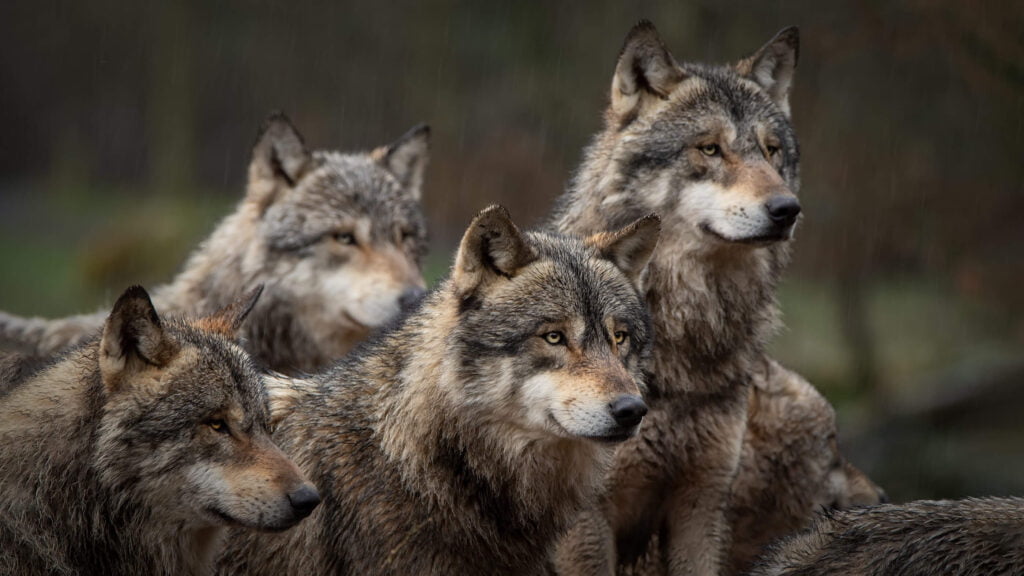Positive reinforcement training uses a reward to reinforce a desired behaviour. This reward makes it more likely that the behaviour will be repeated, making positive reinforcement one of the most powerful tools for shaping or changing your dog’s behaviour.
In this article, we give you some basic principles and guidelines to follow when using positive reinforcement training with your dog.
Good timing is essential
Correct timing is vital when employing positive reinforcement techniques. The reward must come immediately (within seconds) of the desired behaviour being performed for your dog to reliably associate the treat with the proper action.
In clicker training, a form of positive reinforcement training, the clicker is used as a ‘bridge signal’ between the behaviour and the treat. This means that the click happens within seconds of the behaviour to ‘mark’ the correct behaviour, allowing a little more room for error in the timing of your treat giving. Essentially, the click tells the dog that the behaviour he performed was correct and that food is on its way.
By way of example, in positive reinforcement without a bridge signal, when the dog sits, the treat must be given immediately to form the association. In clicker training, a click is given when the dog sits, and the trainer can then reach into their treat pouch to get the treat and give it to the dog, and the dog will still know that the sit was the right behaviour, even though there was a delay.
Keep it short
With almost all training, it is better to keep the sessions short and repeat them more often than to have long sessions infrequently.
Equally important is to keep the commands you use in training short. Don’t speak in sentences, but rather use one-word commands like ‘sit’ or ‘down’.
Consistency is key
Consistency in rewarding good behaviours and ignoring bad behaviours is important for the lessons to sink in. You can create confusion if you sometimes reward for a particular behaviour but other times do not.
Consistency also refers to the fact that everybody training the dog must use the same cues and commands; otherwise, the dog may become confused. Keep your commands consistent, and your dog is far more likely to understand what you are asking.
Shaping behaviour
It can take time for dogs to learn certain behaviours. In these instances, you may need to use a technique called ‘shaping’, which involves reinforcing something approximating the desired response and gradually requiring a more accurate rendition to get the reward.
For example, if you are teaching your dog to shake paws, you may initially reward them just for lifting a paw off the ground, then for lifting it higher, then for touching your hand, then for letting you hold their paw and finally for ‘shaking paws’ with you.
Types of rewards
Positive reinforcement most commonly uses food treats, but praise, petting or play can also work. Since most dogs are highly food-motivated, however, treats tend to be most effective.
Notes on treats:
- The treats chosen should be desirable for your dog.
- The treats should be small so the dog will eat them quickly and look to you for more. You don’t want to give him something he must extensively chew on.
- It is a good idea to keep a variety of treats at hand so your dog doesn’t become bored of one particular treat.
- Each time you give a food reward, you should pair it with a verbal reward (something like ‘good dog’ or ‘yes’) in an enthusiastic voice.
Treat rules
When your dog is learning a new behaviour, reward them every time they demonstrate the behaviour. This is called continuous reinforcement and helps to really cement the behaviour in your dog’s repertoire. Once your dog has reliably learned the behaviour, you can switch to more intermittent reinforcement:
- At first, reward with a treat four out of every five times he performs the behaviour. Over time, reward three out of five times and so on, until you’re only rewarding occasionally. Don’t decrease the rewards too quickly, or you risk frustrating or confusing your dog.
- Continue to praise him every time he does the behaviour.
- Vary how often you provide the reward so your dog doesn’t figure out that he only has to respond every other time, for example. He will soon learn that if he keeps responding, eventually, he’ll get what he wants – your praise and an occasional treat.
When you understand positive reinforcement in this way, you can see that it is not necessary to carry a bag full of treats forever. Your dog will soon be performing desirable behaviours for verbal praise and because they know that, occasionally, they’ll get a treat too.
Top tip
You need to reduce your dog’s food in line with the number of treats you are using in training. For very food-motivated dogs, you may even be able to use kibble from his meal ration (if you feed it) as the treats.
The benefits of using positive reinforcement
Positive reinforcement is a great way to teach your dog cues and desired behaviours. Food is a powerful motivator, as is praise, and your dog will likely enjoy his positive reinforcement sessions with you. Here at DQ, we advocate that only positive reinforcement methods are used in training and advise all dog owners to look into trainers using positive reinforcement-based methods.



